Smartboards
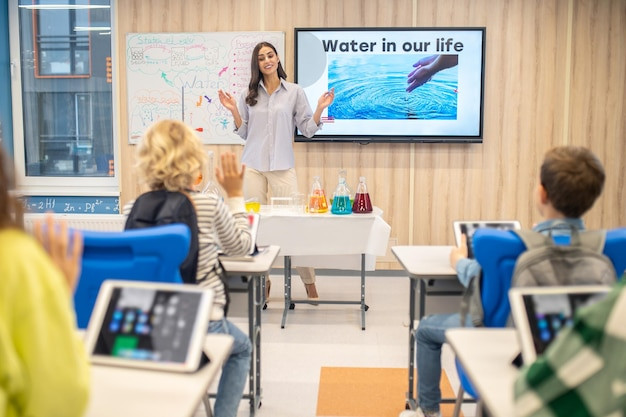
Smartboards have changed the traditional blackboard experience by integrating touch-sensitive screens with the ability to connect to computers and the internet. This technology allows teachers to present rich multimedia content, write notes in digital ink, and save them for future reference. Students can interact directly with the material, engage in collaborative problem-solving, and even participate from remote locations. The dynamic nature of smartboards supports a wide range of learning activities, making lessons more engaging and accessible to all types of learners.
Virtual Reality (VR) Headsets
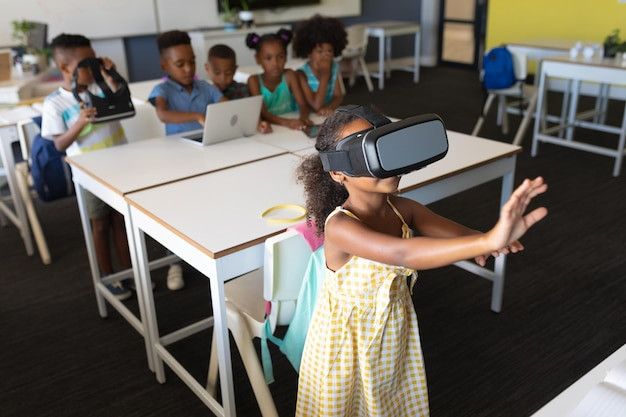
Virtual Reality headsets are opening up new frontiers in education by providing immersive learning experiences. Whether it's walking through historical sites, diving into the human bloodstream, or exploring outer space, VR headsets make these experiences accessible from the classroom. This technology fosters deep understanding by allowing students to 'experience' the subject matter. It's particularly effective for visual and kinesthetic learners, offering a novel way to grasp complex concepts that might be difficult to visualize through traditional teaching methods.
Tablet Computers
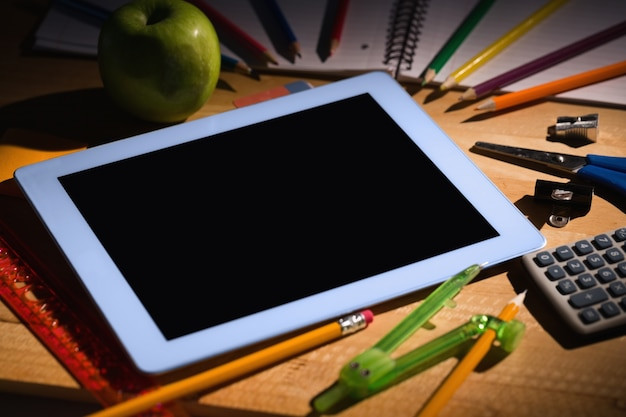
Tablets are now common place in modern classrooms, and serve as tools that replace textbooks, notebooks, and even computers. Their portability and intuitive interfaces make them ideal for individual study and group work. With all of the educational apps available, tablets can be customized to support any curriculum, enabling interactive lessons, digital storytelling, and instant research. They also facilitate personalized learning, letting students progress at their own pace and according to their own learning style.
3D Printers
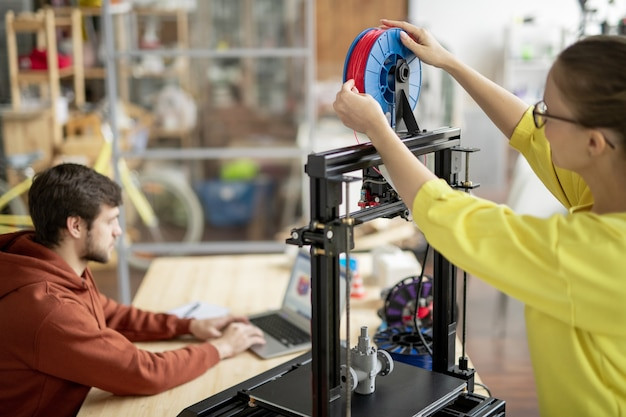
3D printers are bringing the concept of 'learning by doing' to a whole new level. By allowing students to design and print three-dimensional models, they can turn abstract ideas into tangible objects. This hands-on approach is invaluable for subjects like engineering, architecture, and biology, where spatial understanding is crucial. 3D printing encourages creativity, problem-solving, and innovation, preparing students for future challenges.
E-Readers
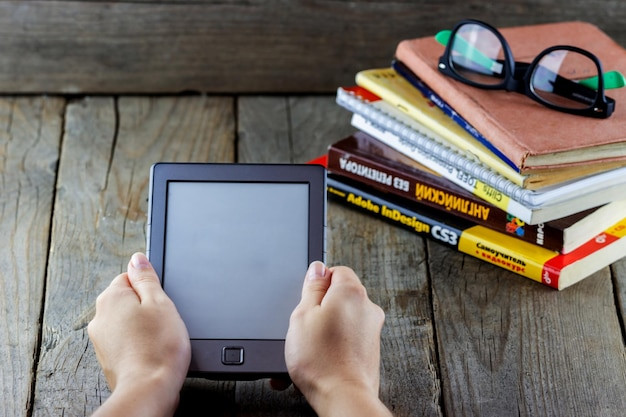
E-Readers are transforming the way students access and interact with text. Unlike traditional textbooks, e-readers can store thousands of books in a single device, making it easier for students to carry and access a wide range of reading materials. Features like adjustable font size, built-in dictionaries, and note-taking capabilities enhance the reading experience, making learning more accessible for everyone, including those with dyslexia or visual impairments. E-readers also offer environmental benefits by reducing the need for printed materials.
Educational Robots
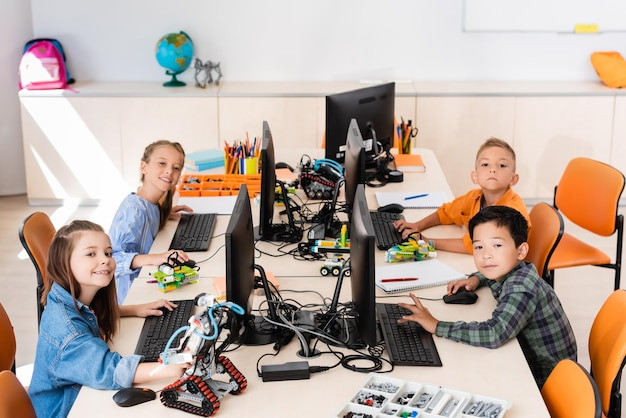
Educational robots are becoming an integral part of STEM (Science, Technology, Engineering, and Mathematics) curricula, providing a fun and interactive way to learn coding, robotics, and problem-solving skills. From simple programmable toys to sophisticated building kits, these robots offer hands-on experiences that foster creativity, teamwork, and critical thinking.
Wearable Technology
Wearable technology, such as smartwatches and fitness trackers, is finding its way into physical education classes and health studies. These devices monitor activity levels, heart rate, and other vital signs, providing real-time data that can be used to personalize fitness programs and study the human body. Wearables encourage students to stay active and healthy, offering a practical application of theoretical knowledge.
Interactive E-books
Interactive e-books represent a leap forward from traditional textbooks and e-readers by incorporating multimedia elements such as videos, animations, and interactive quizzes directly into the text. This enriched content makes learning more engaging and helps students grasp complex concepts by seeing them in action.









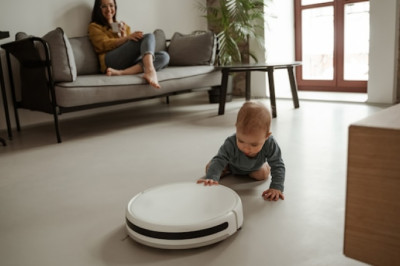

Comments
0 comment